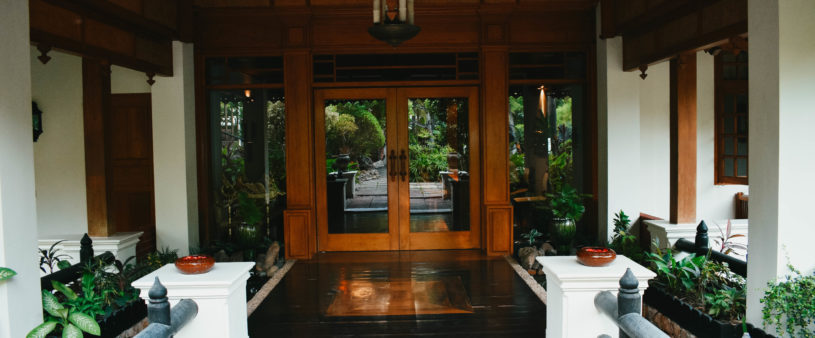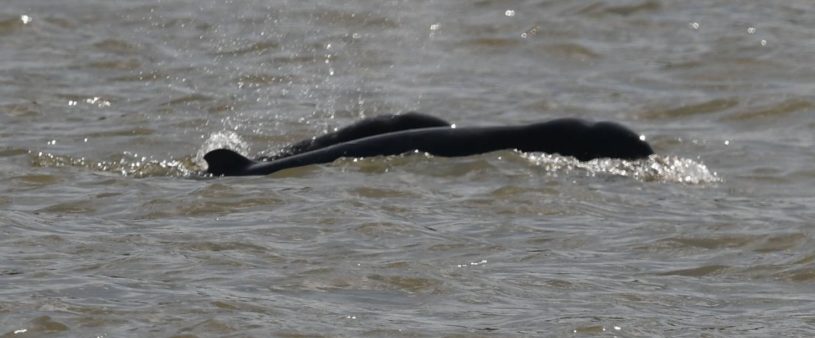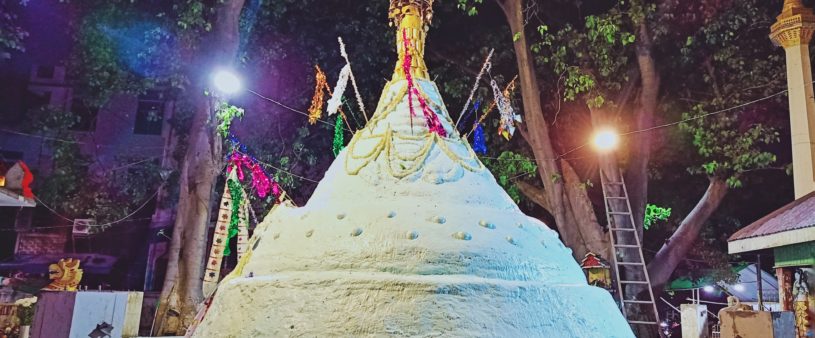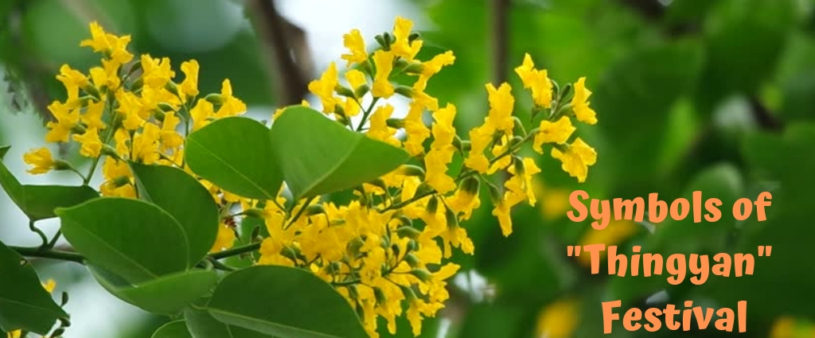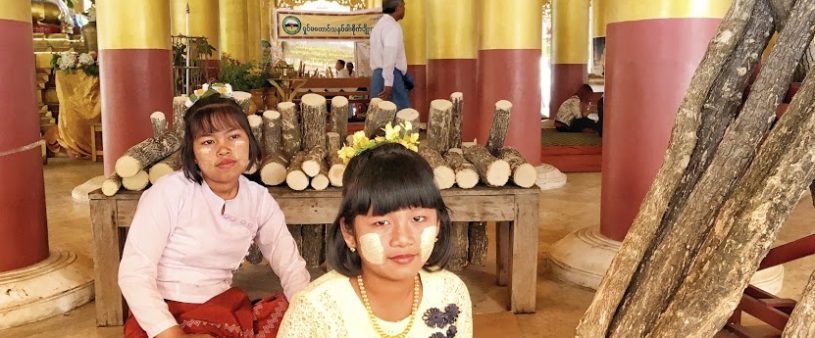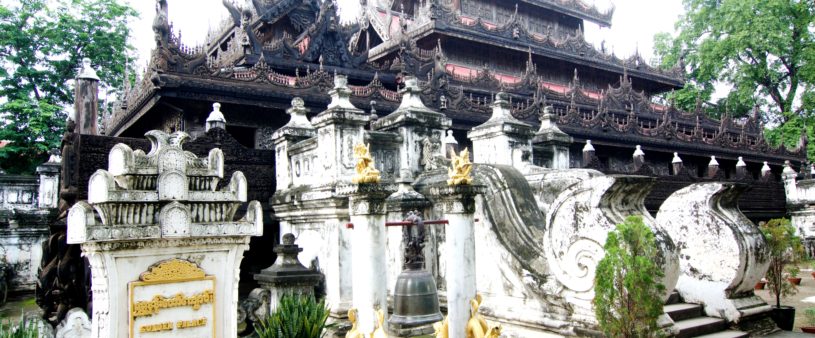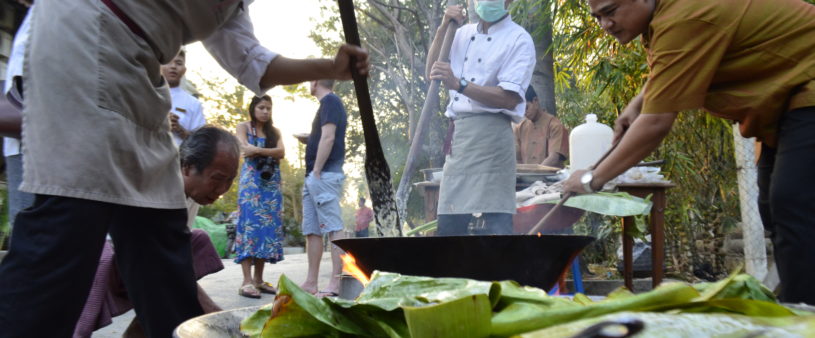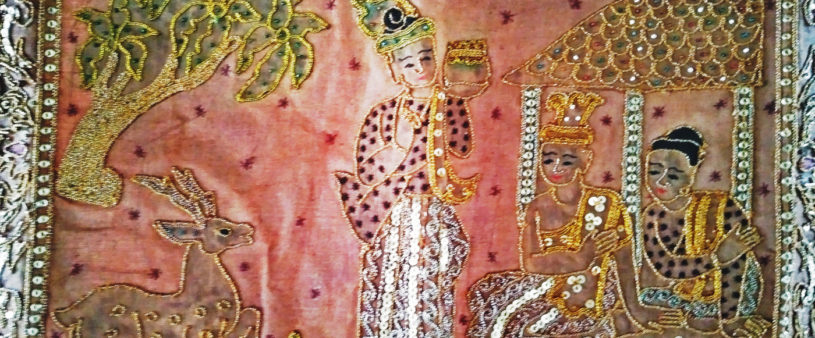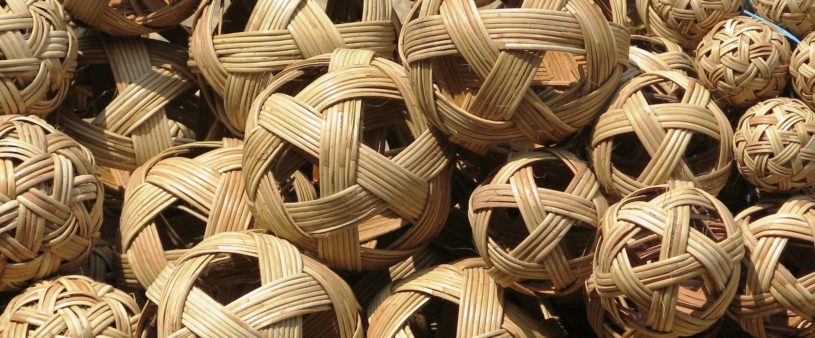Coronavirus is breaking the entire world. The speed at which it is spreading and affecting the travel and hospitality industry is really troubling. When it appears that the COVID-19 disease is more deadly than seasonal influenza, it is obvious that your guests are afraid to travel or consider any other accommodation option safe. But, as a hotel, you can adopt a few preventive measures, and assure a safe stay for your guests. Well, we have covered the what, why and how of COVID-19 and which preventive measures hotels should take to assure a safe stay to your guests. What is Coronavirus? Coronaviruses are a large family of viruses, some causing illness in people and others circulating among animals, including camels, cats and bats The 2019 novel coronavirus (COVID-19) is a new virus that causes respiratory illness in people and can spread from person-to-person. This virus was first identified during an investigation into an outbreak in Wuhan, China. The World Health Organization (WHO) has made a dedicated page that has comprehensive information on COVID-19. You can explore more of this outbreak from here. How does it spread? Coronaviruses in human spread just like the flu or a cold (from person to […]
The Irrawaddy River is home to the endangered Irrawaddy dolphin, found just north of Mandalay. What’s unique about Burma’s (Myanmar) Irrawaddy dolphins is their relationship with local fishermen. Dolphins and fishermen communicate and fish together, a practice called “cooperative fishing”–a unique phenomenon found in only two other places in the world. Taking this Irrawaddy Dolphin Watching trip in the hottest month in Myanmar turned out to be a great idea. As a group of 4 we opted for the 2 days/ 1 night trip and enjoyed the cooling breeze and beautiful scenery as we slowly made our way up the river. What is an Irrawaddy Dolphin? Irrawaddy dolphins (Orcaella brevirostris) are an oceanic dolphin named after the Irrawaddy (Ayeyawaddy) River and are one of the world’s five species of dolphins that live in rivers. They have a grey body, a blunt forehead and nose, unlike the other oceanic dolphins, and can live up to 50 years. They use echolocation (sound) to hunt fish and communicate together. Irrawaddy dolphins are endangered and have an estimated total population of 7,100. They are found in only three rivers today, and there are less than 70 individuals left in the Irrawaddy River in Myanmar, […]
“Maha Walu Ka” Sand Stupa Annual Festival held on two days ahead of “Kasone” full moon day also known as “Vesak”Day. ” Maha Walu Ka” sand stupa pagoda is also known as “Mont Te Su Sand Stupa Pagoda” because of situated in “Mont Te Su Quarter”, 85th street between 37th and 38th. The exact date of Vesak is based on the Asian lunisolar calendars and is primarily celebrated in Vaisakha month of the Buddhist calendar and the Hindu calendar, and hence the name Vesak. In Nepal, which is considered the birth-country of Buddha, it is celebrated on the full moon day of the Vaisakha month of the Hindu calendar, and is traditionally called Buddha Purnima, Purnima meaning the full moon day in Sanskrit. In Theravada countries following the Buddhist calendar, it falls on a full moon Uposatha day, typically in the 5th or 6th lunar month. The date varies from year to year in the Western Gregorian calendar, but usually falls in April or May. In leap years it may be celebrated in June. Mandalay is famous and strange of celebrating “Sand Stupa Pagoda” among the other towns in Myanmar because six sand stupa pagodas are situated in quarters along […]
Myanmar New Year Thingyan festival (water festival) is coming soon. We welcome our Burmese new year beginning with three days or sometimes 4 days of water festival. The Burmese new year falls on the second week of April as begins on 13th april and will end on 16th april. April always will be the welcomed day of our Burmese New Year. The true spirit of the water festival is to have nice clean fun with dear friends sprinkling water on the one another. Here are the symbols of “Thingyan Festival”. “Ah-Tar-Oh”, “Thingyan Pot” The Pot with its set of flowers and leaves, is called “Ah-Tar-Oh”, ‘Thingyan Pot’. “Ah-Tar-Oh”, “Thingyan Pot” meaning is that ” pot of flowers put out during Thingyan to welcome the New Year”.In this pot , the seven flowers or leaves are chosen and represent the seven days of the week. It welcomes our Burmese New Year, especially to the King of the Celestials- Tha-Gyar-Min. Whether he forgets to come or not, we never forget to welcome him with ‘Thingyan Pot’. We place Thingyan Pot at the suitable place in front of our house and hope that he will see it and let our names be engraved […]
Thingyan, or the Buddhist New Year festival, is the most celebrated event in the country. It usually occurs in the middle of April and lasts for four or five days, culminating in the New Year according to the Myanmar calendar. For the duration of the celebration, people spray or douse each other with water on the streets. The centre of this year’s celebration will be around the Mandalay moat and city walls. Those who want to erect water-spraying pavilions around the moat, where they can sell tickets to revellers, can participate in the bidding supervised by the city. Mandalay have introduced walking water splash, rural Thingyan night market, and Pyidaungsu Thingyan for this year “Walking Thingyan” on 26th street has attracted revelers this year, making the festival more attractive than previous years.The he Mandalay City Development Committee is going to try to ramp up travel and tourism in Mandalay by celebrating this year’s water festival with Mandalay Walking Thingyan and Countryside Thingyan Night Market. The aim is to elevate tourism in Mandalay ,would like all tourists to come here during Thingyan festival and like to arrange trips for them to visit our three ancient cities Bagan, Innwa and Amarapura before […]
Thanakha Festival is a cultural festival held with the aims to preserve and promote the values of Myanma Thanakha. Thanakha festival was held for the first time in Mandalay in 2018 and this is the second edition. Thanakha festival is being organized at Kyauk Taw Gyi Pagoda,Mandalay from 9am to 10pm until the 31st March. The festival includes selling booths and exhibition booths of Thanakha planters, producers and exporters as well as entertainment programs, Thanakha games and Thanakha contest. The association has planned to hold workshops on the challenges of the local Thanakha market. It is the first challenge The local Thanakha market in Myanmar is facing a downturn due to the entrance of Thanakha based cosmetics from abroad, according to the Myanmar Thanakha Planters and Producers Association. For local producers in 30 years, local Thanakha planters and producers said. “We are facing a harrowing experience with the drastic decline of local Thanakha in the market. Myanmar people love Thanakha, so they opt for cosmetics that are labeled as a Thanakha based product whether it really includes Thanakha or not,” said one of the Myanmar Thanakha Planters and Producers Association. Myanma Thanakha is loved by the whole nation and admired […]
The Shwenandaw Monastery, all teak monastery originally part of the Royal Palace is one of the finest examples of traditional 19th century wooden monastery building in the country. The monastery was originally part of the Royal Palace in Amarapura, before it was moved to Mandalay, where it formed the northern section of the Hmannan (Glass Palace) and part of the king’s royal apartments. The building was heavily gilt with gold and adorned with glass mosaic work. When the capital city was moved to Mandalay, the building was dismantled, transported to Mandalay and rebuild there as part of the new all teak Royal Palace in 1857. Shwenandaw Monastery was built in 1878 by King Thibaw Min, who dismantled and relocated the apartment formerly occupied by his father, King Mindon Min, just before Mindon Min’s death, at a cost of 120,000 rupees. Thibaw removed the building in 10 October 1878, believing it to be haunted by his father’s spirit. The building reconstruction was finished in 31 Oct 1878, dedicated in memory of his father, on a plot adjoining Atumashi Monastery. It is said that King Thibaw used it for meditation, and the meditation couch he sat on can still be seen. The […]
Tabodwe ,the eleventh month of the Myanmar claender, is the time for the festival of ‘Hta-ma-ne’ in honour of the traditional harvesting period. The eleventh month of Myanmar Lunar Calendar Tabodwe approximately corresponds with February. Although the tenth month Pyatho [January] is the peak of Myanmar cold season, Tabodwe can beat Pyatho in chilliness depending upon place, climate condition and time. There are old Myanmar sayings regarding the chill of Tabodwe. In Tabodwe, the tips of bullaloes’ horns shiver with cold. In Tabodwe, we have a running nose. “In Tabodwe, ripen plum fruits open up”. “Kon” or Kumbha [Aquarius] is the astrological name of Tabodwe with a zodiacal symbol of a water bearer. Pauk [Butea] and Lei or Let pan [Silk cotton tree] [Bombex Malabaricum] are the traditionally designated flowers of Tabodwe. Pauk flowers are orange coloured profused on bunches. Lei or Let pan trees are big and tall. The entire tree after shedding all old leaves, produces buds and blooms of scarlet colour from all branches. Against the blue sky on the golden sun lights these pauk and let pan flowers create fantastic natural paintings. Let pan flowers produce silken cotton wool they are also a good vegetable which […]
The art of tapestry or “Shwe Chi Hto” (gold embroidery) as we call it. is said to have originated in Myanmar about a thousand years ago. It is a form of needlework to create a variety of pictures and patterns so delicate and detailed that it requires skill. artistry and patience. It is a highly decorative embroidery that employs gold thread as its name indicates. but in fact silver and colored threads as well as other materials such as tinsel,sequins, semi-precious gems, colorful cut glass, seed pearls and beads go into the making. The earliest record of such embroidery is the Pyu Period during the reign of King Mahayaza. circa AD 800. The centre of this craft was and still is Mandalay,the long-standing hub of Myanmar culture and art. The ancient ceremonial royal raiment known as the “Maha Latta”,worn from time immemorial by kings and queens is a very heavy gold-embroidered and gem encrusted robe. The Maha Latta was worn by King Thibaw and Queen Suhpayalatt. the last reigning monarchs of Myanmar. Their robes were the creation of skilled seamstresses. goldsmiths and other artisans of Mandalay. These raiment are on display at the National Museum in Yangon. The embroidery of […]
Chinlone, which is also known as caneball, is the traditional sport of Burma or Myanmar. Chinlone is a team sport which is a combination of sport and dance. Chinlone is more on creativity and not competitiveness. Chinlone in Burmese means basket-round or rounded basket. The ball is made from rattan. The game is played by two teams with six players each. They pass the ball back and forth using their feet, knees, and their heads as they walk around a circle. While the rest pass the ball around, a player goes into the middle alone, and the player creates a dance of different moves strung together. If they drop the ball to the ground, the play should start again. This game is usually played barefoot or using chinlone shoes that will let the players feel the ball and the ground. The players can make contact with the ball through the top of their toes, the inner and outer sides of the foot, the heel, the sole, and the knee. The sport requires extreme flexibility, agility and fitness as well as exceptional coordination. Chinlone has played a prominent role in Myanmar for about 1,500 years. It’s style is so performance based […]







